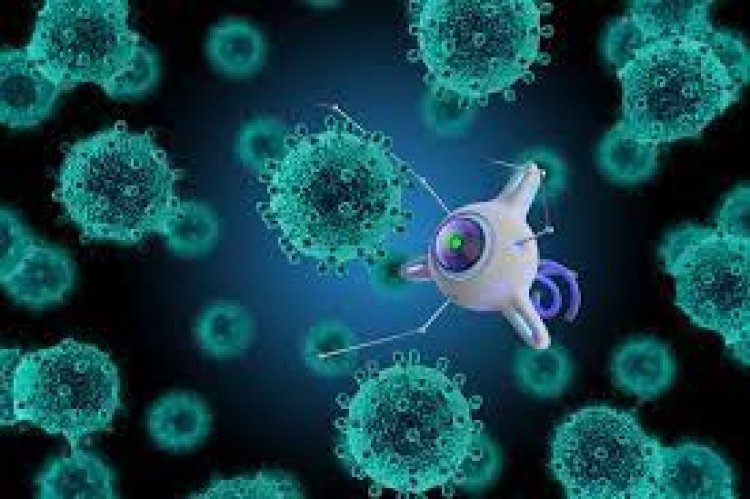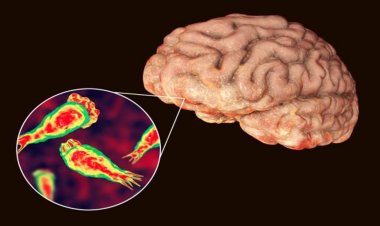Breakthrough in Cancer Treatment: Nanobots That Heal from Within

In a groundbreaking leap for modern medicine, Korean researchers have developed microscopic nanobots capable of locating and destroying cancer cells from within the human body. This innovation is being hailed as one of the most significant medical advancements of the decade, offering a non-invasive, painless, and scar-free alternative to conventional treatments like chemotherapy and surgery. By combining the power of nanotechnology, artificial intelligence, and biomedical engineering, scientists have created a treatment that could redefine the future of cancer care.
These nanobots are designed at a scale smaller than human cells, allowing them to travel freely through the bloodstream. Unlike chemotherapy, which damages both healthy and malignant cells, these bots are programmed with remarkable precision to identify and target only cancer cells. Once injected into the body, the nanobots navigate toward tumors using magnetic fields and chemical signals, homing in on unique biomarkers found only on the surface of cancerous cells. Upon reaching their destination, the nanobots release therapeutic agents such as heat, specialized drugs, or reactive oxygen molecules, effectively destroying the tumor from within at the molecular level. This method ensures that surrounding healthy tissues remain unaffected, minimizing damage and accelerating recovery.
After completing their mission, the nanobots dissolve naturally within the body, leaving no residue behind. This self-elimination feature eliminates the need for additional surgical procedures or post-treatment extraction. Most importantly, the process is painless and free from the severe side effects typically associated with chemotherapy and radiation, such as hair loss, fatigue, and nausea. The patient experiences no visible scars or long recovery periods, making the treatment a comfortable and advanced alternative to traditional cancer therapies.
The Korean research team achieved this breakthrough by merging magnetic nanoparticle technology with bio-responsive sensors, allowing precise control of the nanobots’ movement and activation. Early laboratory tests on animal models have produced remarkable results, showing rapid tumor reduction and complete preservation of healthy cells. Encouraged by these findings, the researchers are now preparing for human clinical trials, which could pave the way for global application in the near future.
Dr. Kim Hyun-soo, the lead scientist behind the study, described the technology as “a revolutionary step toward intelligent medicine.” According to him, the ultimate goal is to create autonomous nanobots that can not only destroy cancer cells but also monitor a patient’s health in real time. This approach could enable continuous internal health surveillance, early disease detection, and precise drug delivery, all controlled at the cellular level.
If human trials prove successful, this innovation could transform the way the world perceives cancer treatment. It promises a future with no chemotherapy, no invasive surgery, and no painful recovery. Patients could receive tailored, personalized treatment plans that match their genetic profiles, resulting in higher success rates and minimal discomfort. The integration of AI with nanotechnology opens new frontiers for medicine, where intelligent nanobots might one day diagnose, treat, and even repair damaged tissues automatically.
This discovery also signifies the rise of nanomedicine, a field that aims to heal at the microscopic level by addressing the root causes of disease rather than just the symptoms. Nanomedicine’s potential extends far beyond cancer, with ongoing research exploring its applications in gene therapy, cardiovascular diseases, and neurological disorders.
The Korean nanobot breakthrough is not just a step forward in technology; it’s a giant leap toward a world where medicine becomes smarter, faster, and gentler. Healing from within is no longer a distant dream; it’s the beginning of a new chapter in the fight against cancer, one where science, intelligence, and compassion work hand in hand to save lives.























